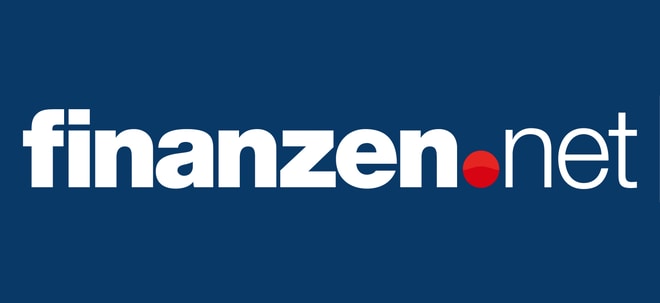Health care sector braces for supply chain uncertainty with changing tariff policies
June 2, 2025- Three years after the National Academies of Sciences, Engineering, and Medicine (NASEM) published a 2022 report, at the request of the U.S. Department of Health and Human Services, titled “Building Resilience into the Nation’s Medical Product Supply Chains,” the U.S. health care sector leaders say the medical supply chain remains vulnerable, particularly as they brace for the impact of changing U.S. trade policy, according to the Association of American Medical Colleges (AAMC).
In general, the health care sector hasn’t yet seen dramatic price increases related to tariffs that were enacted in the first half of 2025, according to the AAMC. The tariffs, which have varied by country and changed several times, were blocked by a U.S. federal court in a May 28 ruling, saying the Trump administration overstepped its authority in implementing them. The administration has appealed the decision, and financial experts say that it may still be able to use workarounds to implement tariffs.
One recent industry survey found that 45% of U.S. health care organizations have formed crisis teams to respond to current economic uncertainty and, for many of them, plans include renegotiating vendor contracts to mitigate potential impacts of new tariffs on medical supply chains.
Industry leaders are particularly concerned about trade with China, which was levied a new 145% tariff, to which China responded with a 125% tax on U.S. goods before the countries agreed to bring the rates down temporarily to 30% and 10%, respectively, as negotiations continue.












